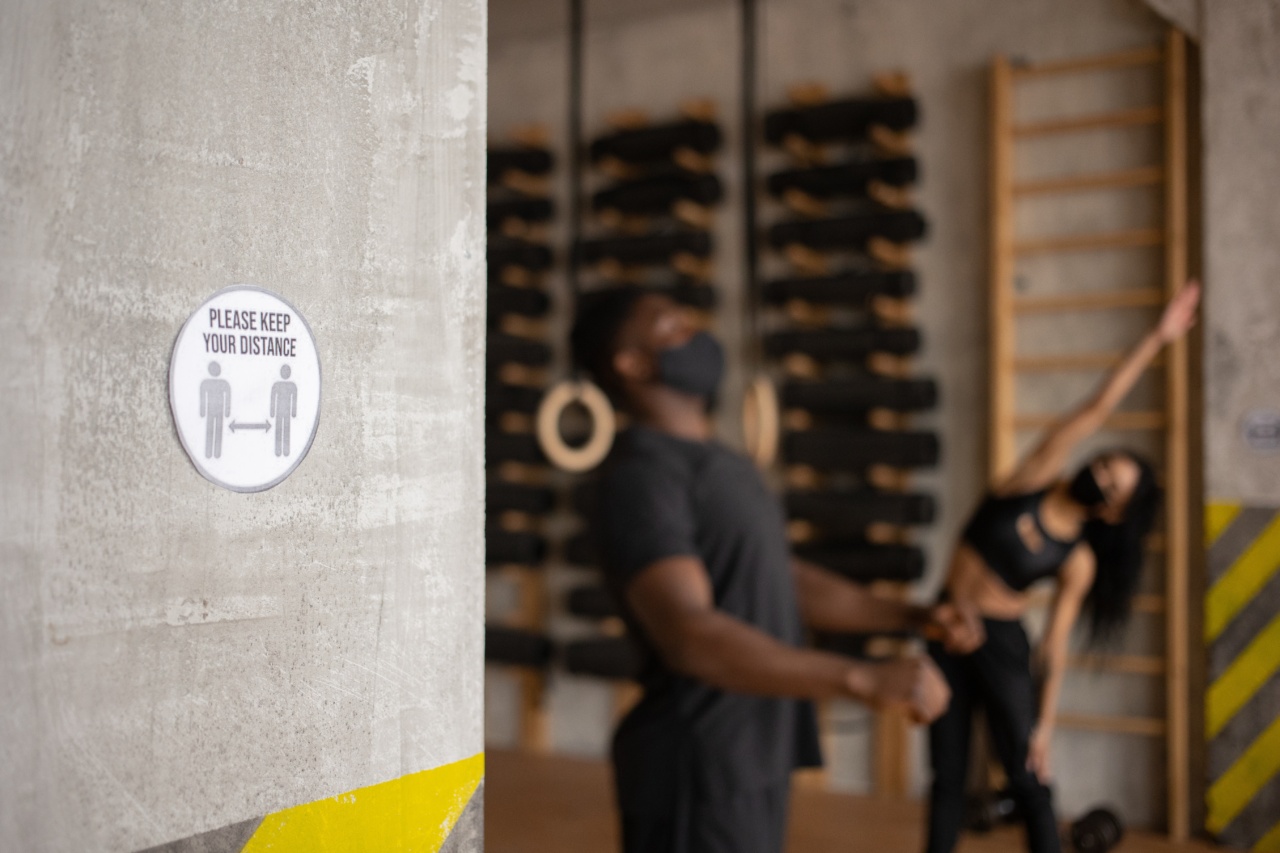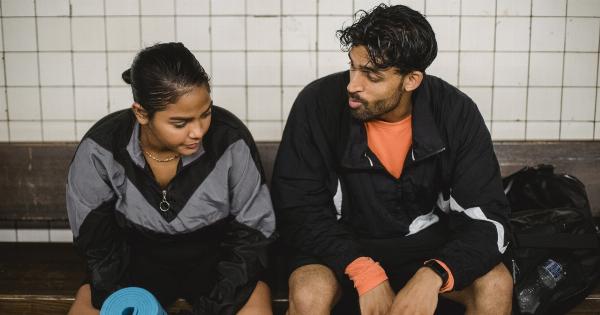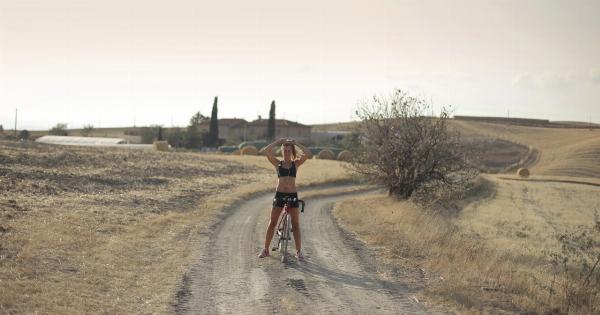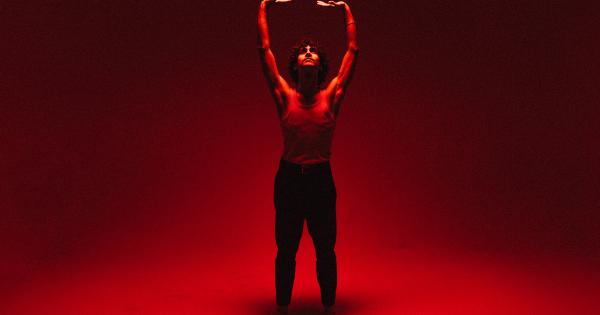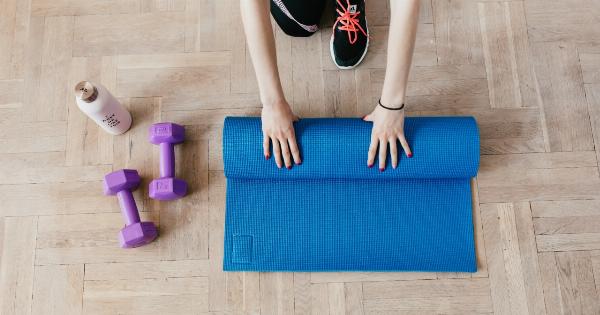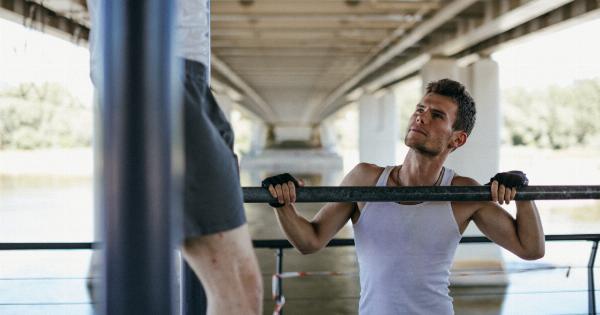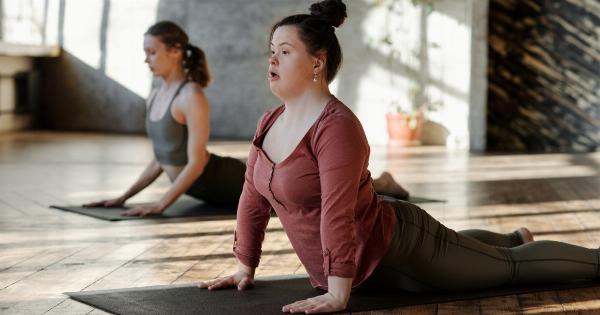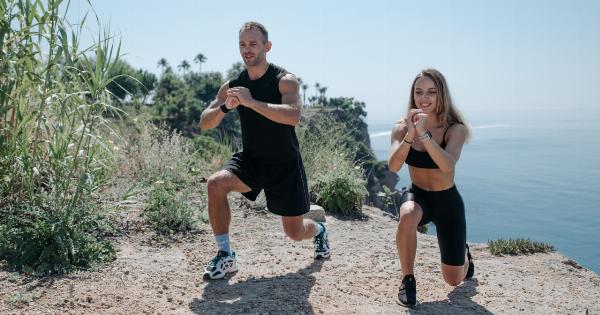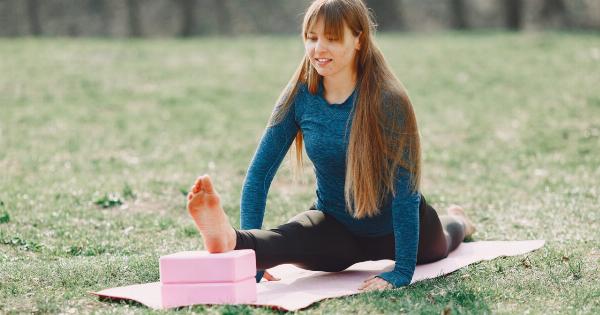Are you tired of looking in the mirror and feeling unsatisfied with your buttocks? Do you want to have a toned and firm backside that makes heads turn? Then you need to unleash your buttocks potential by trying the ultimate workout.
The Importance of a Strong Buttocks
Having strong buttocks is not just about looking good in jeans or a swimsuit. It is also essential for overall health and functionality. The gluteal muscles are the largest muscles in the body and play a crucial role in posture, balance, and movement.
Weak glutes can lead to back pain, hip pain, and knee pain, as well as poor athletic performance and increased risk of injury. Therefore, by improving your buttocks strength and endurance, you can enhance your fitness, health, and quality of life.
Anatomy of the Buttocks
Before we dive into the workout, let’s first explore the anatomy of the buttocks.
The gluteal muscles consist of three main muscles:
- Gluteus Maximus
- Gluteus Medius
- Gluteus Minimus
The Ultimate Buttocks Workout
Now that you understand the importance and anatomy of the buttocks, let’s get into the ultimate workout that will unleash your potential.
This workout consists of seven exercises that target the glutes from different angles and intensities, using both bodyweight and resistance training. Perform each exercise for 3-4 sets of 12-15 reps, with 30-60 seconds of rest between sets.
1. Squats
Squats are a classic exercise that targets the Gluteus Maximus, as well as the quads and hamstrings. Stand with your feet shoulder-width apart, toes slightly turned out.
Keep your chest up, brace your core, and lower your hips down as if sitting on a chair. Go as low as you can without rounding your back and push through your heels to stand back up. You can add weight by holding a dumbbell or a barbell on your shoulders.
2. Lunges
Lunges are another excellent exercise for the Gluteus Maximus, as well as the quads and hamstrings. Stand with your feet hip-width apart, and take a big step forward with your right foot.
Lower your hips down until your knees form a 90-degree angle, keeping your back straight and your front knee above your ankle. Push through your front heel to stand back up and repeat on the other side. You can add weight by holding a dumbbell or a kettlebell in each hand.
3. Hip Thrusts
Hip thrusts are a king exercise for the Gluteus Maximus, as they isolate the muscle and allow you to use heavy weights. Sit on the ground, leaning your back against a bench or a stable surface.
Place a barbell or a resistance band over your hip bones and wrap a sponge or a towel around it for comfort. Place your feet shoulder-width apart and your knees bent. Push your hips up until your body forms a straight line from your knees to your shoulders, squeezing your glutes at the top. Lower your hips down and repeat.
4. Glute Bridges
Glute bridges are a similar exercise to hip thrusts, but without weights. Lie on your back, with your knees bent and your feet flat on the ground. Place your arms by your sides, palms facing down.
Engage your glutes and lift your hips off the ground until your body forms a straight line from your knees to your shoulders. Squeeze your glutes at the top and lower your hips down. You can add weight by placing a dumbbell or a sandbag over your hips.
5. Step-Ups
Step-ups are a functional exercise that targets the Gluteus Maximus and the Gluteus Medius. Stand in front of a bench or a sturdy surface, in front of which your knees form a 90-degree angle when you step on it.
Step up with your right foot, pushing through your heel and lifting your left knee up. Step back down and repeat on the other side. You can add weight by holding a dumbbell or a kettlebell in each hand.
6. Side-Lying Leg Raises
Side-lying leg raises are an excellent exercise for the Gluteus Medius and Minimus. Lie on your side, with your bottom leg bent and your top leg straight. Keep your top foot flexed and lift it up as high as you can without rotating your hips.
Lower it down and repeat on the other side. You can add resistance by wearing ankle weights or using a resistance band around your thighs.
7. Clamshells
Clamshells are another effective exercise for the Gluteus Medius and Minimus. Lie on your side, with your knees bent and your feet together. Lift your top knee up as high as you can without moving your hips or lower back.
Lower it down and repeat on the other side. You can add resistance by using a resistance band around your thighs.
Conclusion
In conclusion, don’t settle for a mediocre buttocks when you can unleash your potential with the ultimate workout.
By incorporating squat, lunges, hip thrusts, glute bridges, step-ups, side-lying leg raises, and clamshells into your training routine, you can improve your glutes’ strength and aesthetics, as well as your overall health and fitness. Remember to also eat a healthy diet, get enough rest, and be consistent with your workouts, and you will see the results you desire.
